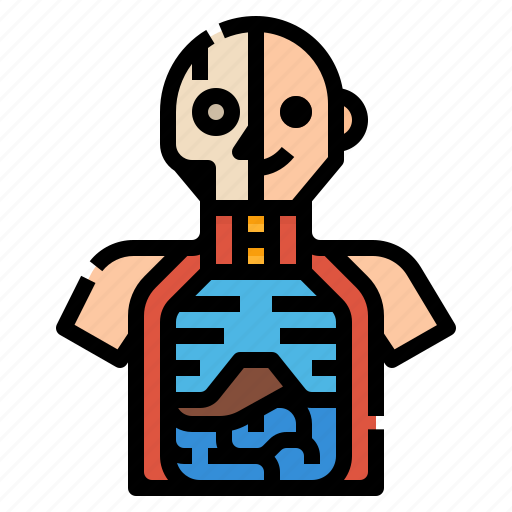The human body is made up of four main parts: the brain, lungs, heart and kidneys. If we have two working organs, that is the brain and the kidney, it is called a complete human.
Each part of the body has a variety of bones, muscles and organs, which range in size from small to very large. The heart is the largest of the organs in the human body and is surrounded by a muscular wall. The liver, spleen, intestines and kidneys are also located on this muscular wall.
The body consists of several hundred different tissues, which make up the organs, bones and muscles. A normal healthy person has all of their organs working at full capacity, but if any of these organs are damaged, this will affect the functioning of the body.
The organs can also be damaged in more subtle ways. For instance, if the heart stops beating, and a person does not have a pulse, they have a cardiac arrest. The organ damage caused by an event such as this can be fatal.
The body can be divided into many different types of organs, depending on their function. A lung has two purposes, to breathe, and to move air through the body.
Muscle and bone tissues are located inside the organs of the body, with organs placed near the bones. Blood is carried through the arteries, veins and capillaries of the body, and these organs carry nutrients and oxygen to the other organs.
The human body is made up of the structure we see, and all the functions we use each day. To gain a deeper understanding of the body, it is necessary to go through a basic biology course or two.
The human body is a very complicated organism, and all of its systems work together to perform certain tasks. However, some of these systems may be under control or overactive, making our health and life in general harder than it needs to be.
One system which can be under active control is the central nervous system, which controls the body’s response to stimuli, such as movement and sound. When it becomes under active, this system starts to produce too much energy, and can actually hurt us. This is also responsible for sleep cycles. and heart rate.
Another system which is under active control is the endocrine system. This system controls the levels of certain hormones throughout the body and is responsible for regulating our body’s temperature. This is used to regulate body temperature. When the level of hormones is too high, the body has been known to experience heat, sweating and body temperatures.
The circulatory system also plays a big part in how the body functions. Blood is transported through the heart and lungs and circulates throughout the body, allowing nutrients and oxygen to circulate around the body.
Kidney and bladder problems can occur in both the kidneys and the liver. Kidney damage can cause kidney stones, or blockage, which can lead to severe dehydration and possible death.
As you can see, the human body is made up of many parts, and can be a great challenge to learn about. To learn basic human anatomy, the best way is to take a basic biology course. This will help you understand all of the important parts and functions of the human body and give you the opportunity to see how they interact with one another.


